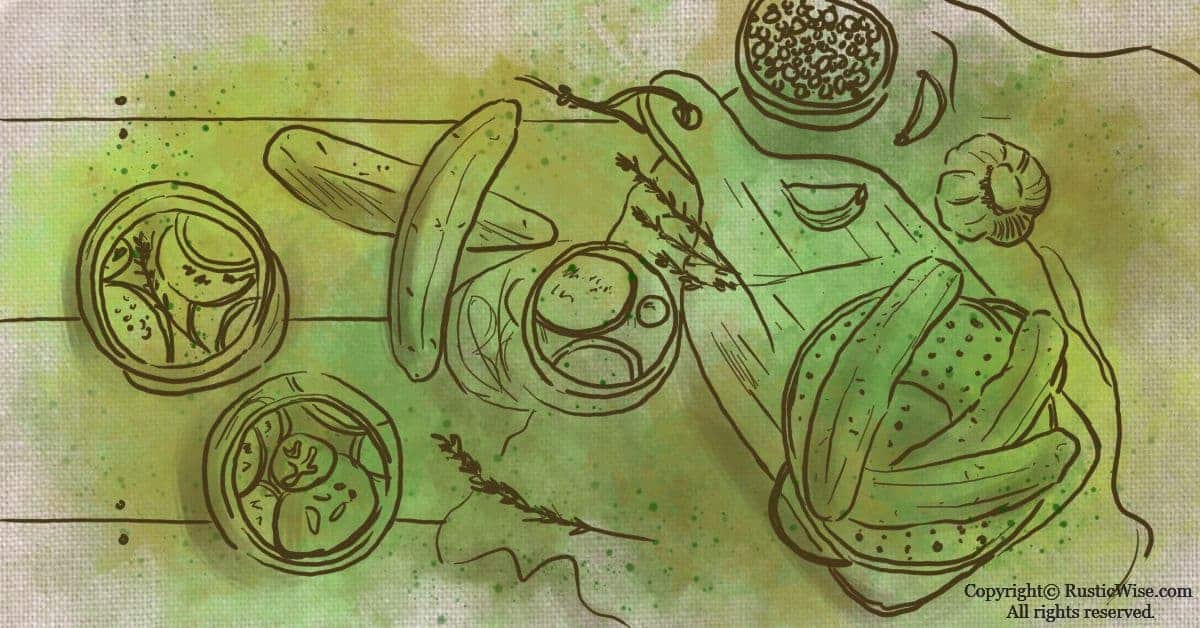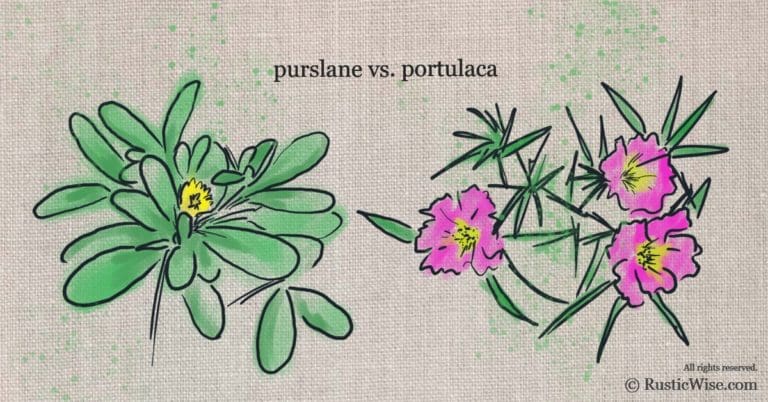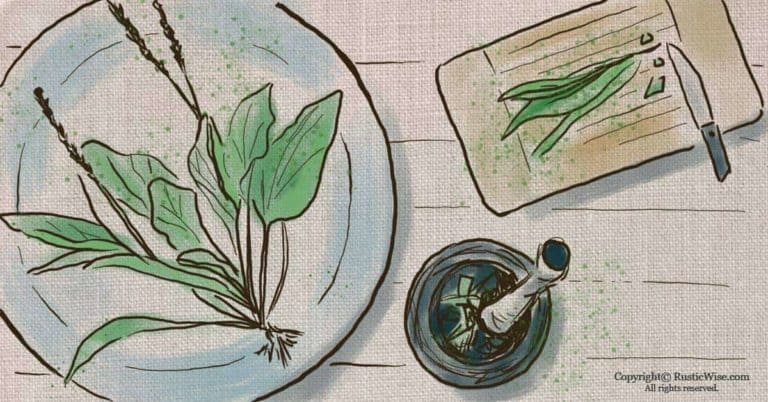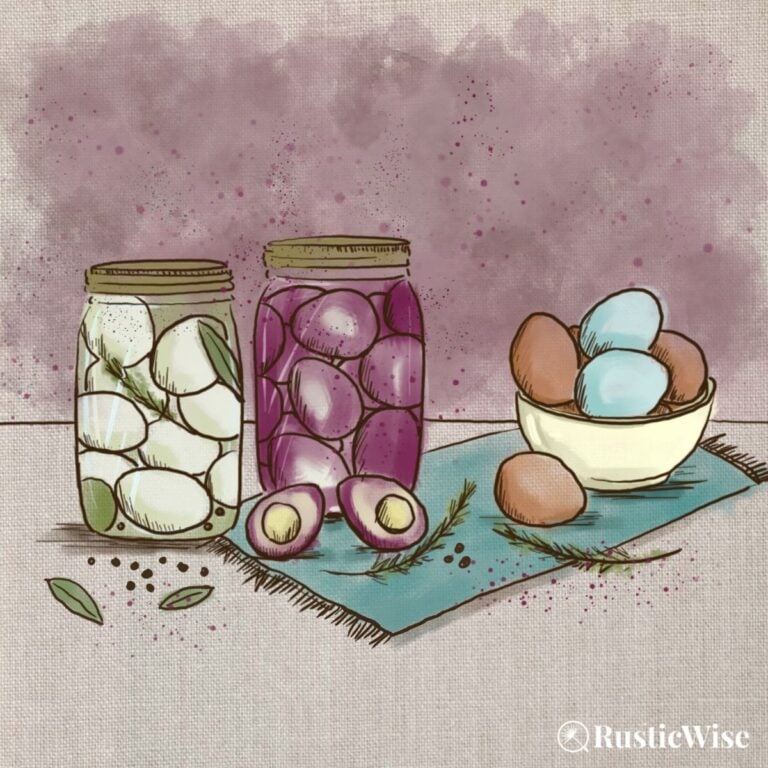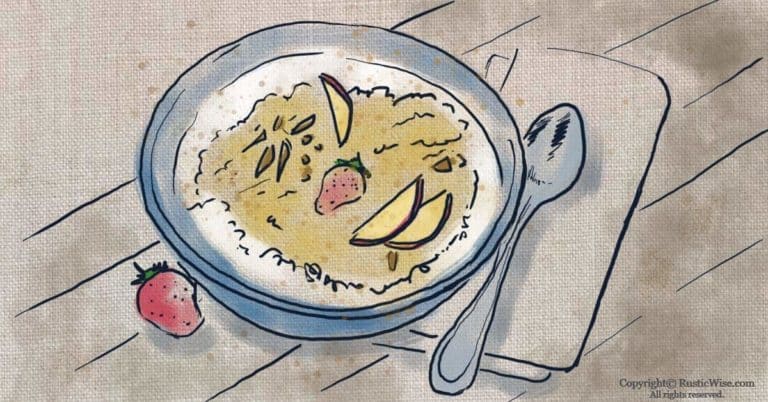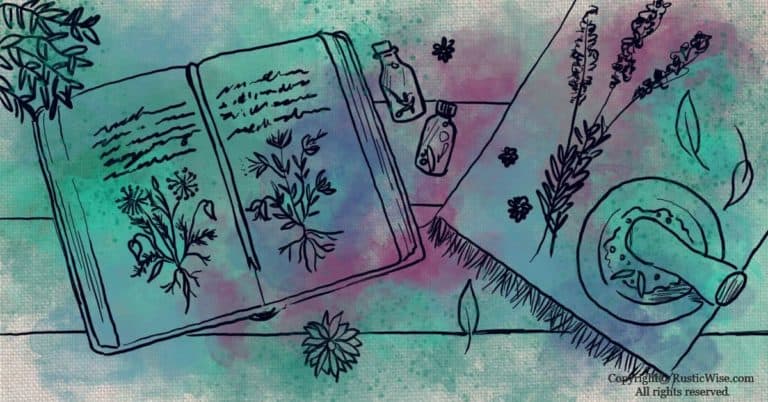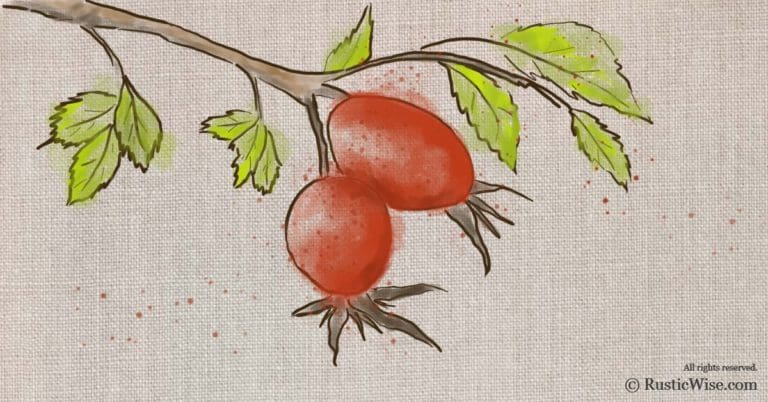What Is the Pickling Process: Pickling Demystified
What is the pickling process? Pickling is a traditional food preservation method that has been used for centuries. The word “pickle” comes from the Dutch word “pekel,” which means to “salt” or “brine”—essential elements of the pickling process. Pickling preserves food in a salty, acidic solution (which contains vinegar), and gives pickled foods their distinct tangy flavor. Food lasts longer under these acidic conditions as the pH level is kept at a safe range and any growth of microorganisms is kept in check.
When we refer to pickling, we’re referring to the vinegar immersion method, also known as vinegar pickling. This form of pickling is quick and fairly easy. There’s another way to pickle foods which involves anaerobic fermentation; fermentation is a lengthy process and will be discussed in another article. Fermentation creates many delicious and gut-healthy foods including sauerkraut, yogurt, and kimchi.
If you have extra vegetables or fruits from your garden, pickling is a great way to preserve a taste of summer. You can pickle almost any food (including meat and eggs), but there are some foods that just taste better when pickled—cucumbers, cabbage, onions, cauliflower, and carrots to name a few. By learning about the process behind pickling, you’ll have a better understanding of this useful craft. You can make tons of culinary creations—from sweet bread-and-butter cukes, spicy dill spears, to tangy giardiniera relish!
Ingredients needed for successful pickling
On their own, these ingredients don’t seem like much. But when combined, they turn ordinary foods into crunchy, flavorful treats. Making a batch of homemade pickles isn’t as difficult as it sounds.
Vinegar
The most important thing to remember when selecting a vinegar is to ensure it contains at least 5 percent acetic acid. This ensures the proper level of acidity for food safety.
There are many different kinds of vinegar you can use for pickling with the two most common being white distilled vinegar, and apple cider vinegar.
White distilled vinegar is the best bang-for-your-buck, and doesn’t alter the color of foods (with the exception of red onions which sometimes turn pink).
Apple cider vinegar has a mellower, slightly fruity flavor. The downside is that it often colors your food, and it’s pricier.
Check out our article on the best vinegars for pickling.
Tip: Never use any vinegars with less than 5 percent acetic acid. Also avoid using cleaning or industrial vinegars as these aren’t food-grade. Homemade vinegar often has an unknown acetic acid level and should not be used for safe pickling.
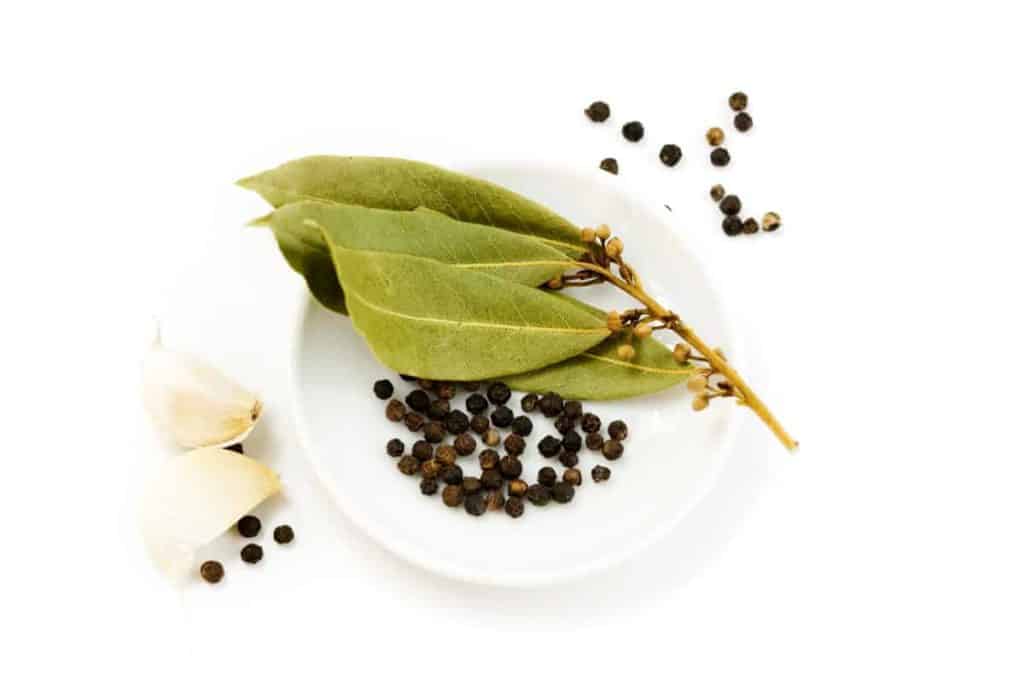
Salt
Save your table salt for your dinner. You’ll need to get pickling salt, also called canning salt. Most types of common table salts contain noncaking agents which turn pickle brine cloudy.
Seasoning and spices
Stick with whole spices when pickling—think whole peppercorns and dill. Not only do whole spices hold up better in vinegar, they also look better in glass jars. Powdered seasonings or spices will turn your pickling solution cloudy.
You can buy premixed spice packages at the store. Or, if you have a few common spices at home, you’re good to go!
A few good spices and seasonings to have on hand include:
- Black peppercorns
- Bay leaves
- Cinnamon sticks
- Coriander seeds
- Whole cloves
- Cardamom pods
- Fresh dill sprigs
- Garlic cloves
- Mustard seeds
- Crushed red pepper
- White sugar
Water
Many new picklers often overlook the importance of water when it comes to pickling. After all, water is water, right? Not necessarily.
Distilled water is the gold standard. Hard or chlorinated water tends to turn cloudy in jars. If you live in an area with hard tap water, you may consider buying bottled or distilled water.
If you have chlorinated water, here’s a simple trick to get it ready for pickling (2):
- Fill several clean containers with chlorinated water. Let it sit for 48 hours. During this time, the chlorine naturally dissipates.
Fresh produce
Select only the freshest, undamaged fruits and vegetables for pickling. Keep produce in the fridge until you’re ready to use it: it’s best to use freshly harvested produce within 24 hours.
Ensure any fruits and vegetables used are unwaxed. Most produce found at grocery stores are waxed; stick with either garden-fresh or produce purchased at farmers’ markets.
Sugar
Most recipes use granulated white or brown sugar. Unless otherwise indicated in the recipe, stick with white or brown sugar. Other sweeteners such as corn syrup or honey might produce unpredictable results.
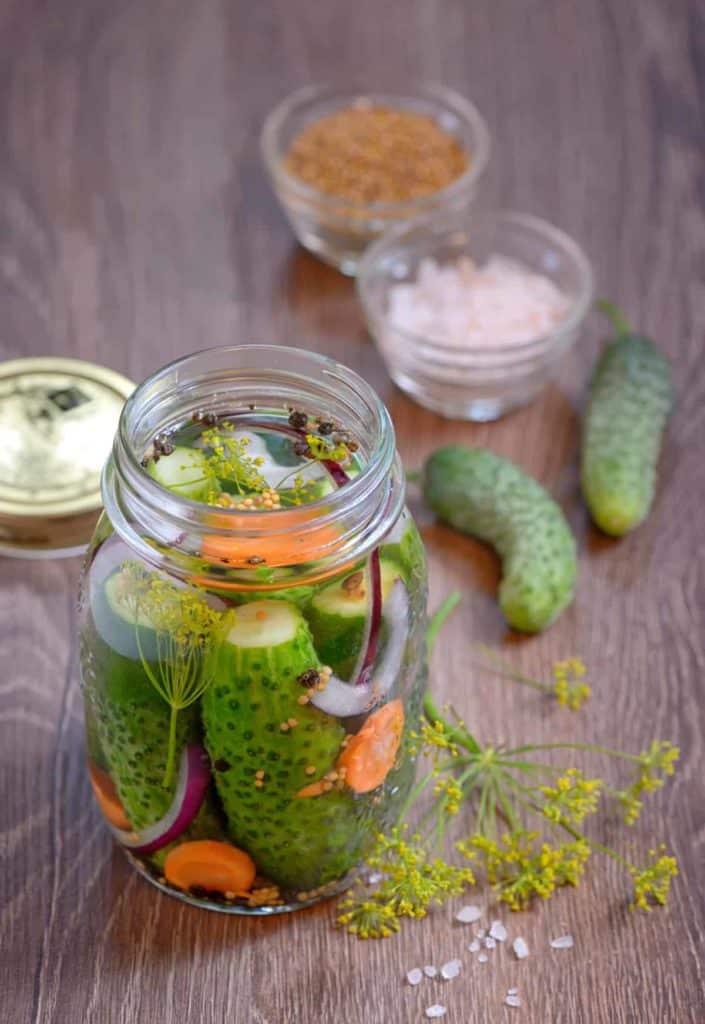
Types of pickling
There are two main types of vinegar-based pickling processes:
- Refrigerator pickles
- Quick-process pickles (processed using a water bath canner)
As the name suggests, refrigerator pickles are meant to be stored in the fridge and have a shorter shelf life (up to 3 months). Vegetables (or fruits) are washed, trimmed, and packed into jars. A hot brine is made on the stovetop and then poured over the food in jars. Once the jars are cooled, you can store them in the fridge.
Refrigerated pickles allow you to get a bit more creative with the types of seasonings you use as they’re stored in a cool fridge, and not on your shelf at room temperature.
Quick process pickles are shelf stable and are processed using boiling water. They are prepared much the same way as refrigerator pickles with the added step of processing them afterwards for longer shelf life (up to 1 year).
Notes:
- Some recipes call for a salt soak or brining for several hours or overnight to draw out excess moisture before preparing the vinegar brine. Other recipes don’t. What does brining do? It helps to keep foods crisp and enhance the flavor. It’s important to follow your recipe carefully for best results.
Check out this Quick-Process Dill Pickle Recipe which can be processed, or turned into a refrigerator pickle.
Tip: Both refrigerator pickles and quick process pickles benefit from “resting” time—that is, a period of time of up to 1 month to allow the flavors to fully develop and mix with the food before eating. Sometimes, it’s hard to wait that long though….
What is the pickling process all about?
When all the ingredients come together in harmony, and all the proper steps followed according to a reliable recipe, you get pickling magic: a change of color, texture, and flavor.
Pickled foods take on new properties with the addition of vinegar, salt, and other seasonings.
If you take a fresh cucumber and leave it in the fridge, it will eventually spoil and turn mushy after several days. Fresh, raw foods spoil due to natural enzymes present in them.
Enzymes are natural proteins found in all living things. When left unchecked, they cause changes in food and eventually spoilage.
So why don’t pickled foods spoil as quickly? The answer lies in the acidity of vinegar and the preserving power of salt.
Both vinegar and salt work together to inactivate natural enzymes found in foods and prevent new microorganisms from growing, including yeasts and mold. Vinegar adds acidity, while salt draws out excess moisture.
The key to successful pickling is in upping the acidity level of the food so that it has a pH of 4.6 or lower.
Foods that are considered high-acid can safely be processed using a water bath (boiling water). Foods that are considered low-acid (pH of 4.6 or higher) must be processed in a pressure canner.
Why do quick process pickles last longer than refrigerator pickles? This has to do with the added step of processing, or submerging them in a hot water bath.
When water is boiled at 212 degrees Fahrenheit (100 degrees Celsius), the high temperature further kills any microorganisms while properly sealing the jar and its contents. Properly sealed jars have an anaerobic environment (free of oxygen) which further preserves food.
Pickling safety precautions
Here are a few food safety tips when pickling foods:
- Work with clean and sterile jars. If you’re making refrigerator pickles, you should sterilize jars by submerging them in boiling water for at least 10 minutes. If you’re processing your jars for 10 minutes or more, your jars will be sterilized during the water bath.
- Keep jars warm before use. You can keep them in the dishwasher on a heat cycle and remove them when needed. Placing hot brine in a cold jar may cause it to crack.
- If you’re using cucumbers, remember to remove at least 1/16 inch from the blossom side. This prevents the cucumber from softening and spoiling prematurely.
- Always work from a reliable recipe. While pickling is an ancient tradition, ancient recipes may not be safe.
- When brining, avoid using any copper or brass as this may cause food to discolor. You can use stainless steel, glass, or enameled pots and utensils instead.
- Remove air bubbles and leave sufficient headspace when canning. For most pickles, this is usually 1/2 inch.
How to add more crunch with firming agents
If you like extra crunch, there are a few firming agents you can use:
The takeaway
The pickling process is a traditional food preservation method that has been used for centuries. Pickles are made by packing vegetables in salt, vinegar and water—the three essential elements of the pickling process. When your produce sits in this salty solution, it gets to work on killing any microorganisms (which can spoil the taste or lead to illness) as well as lowering the pH level of the environment so harmful bacteria have a much harder time growing there. This means that you get all those delicious flavors from brine without having to worry about picking up some nasty stomach bug!


Author: Josh Tesolin
Josh is co-founder of RusticWise. When he’s not tinkering in the garden, or fixing something around the house, you can find him working on a vast array of random side projects.

